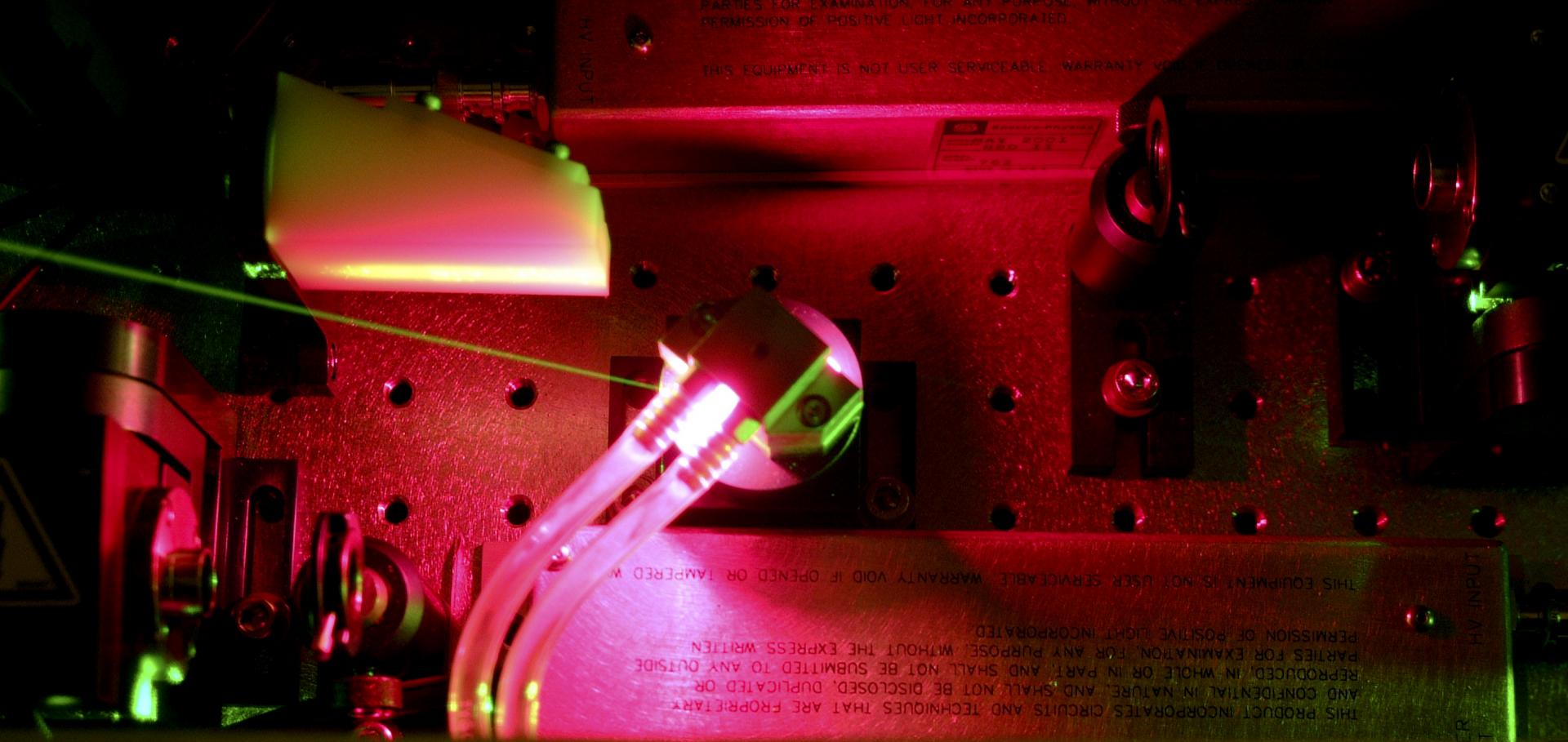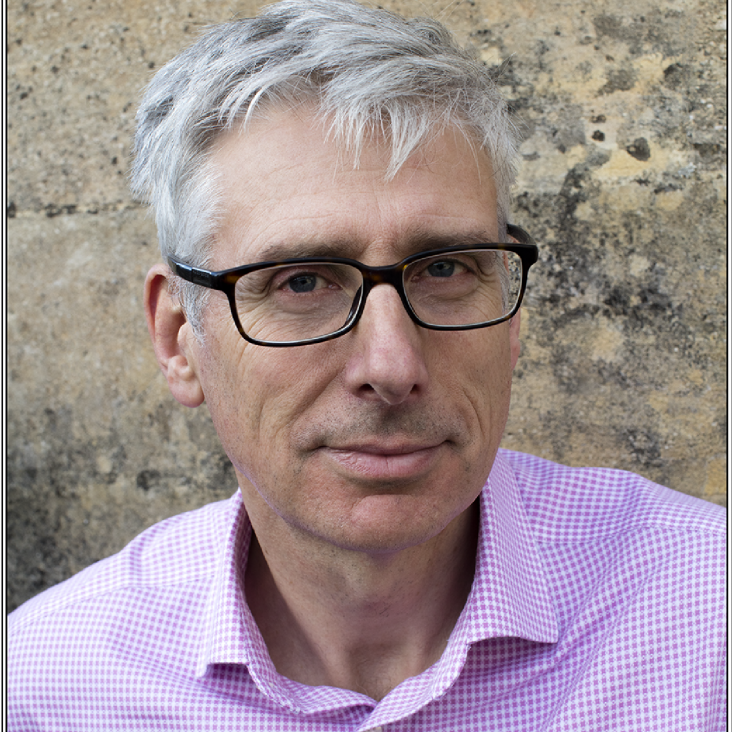Laser-wakefield acceleration of electron beams in a low density plasma channel
Physical Review Special Topics - Accelerators and Beams 13:3 (2010)
Abstract:
The generation of quasimonoenergetic electron beams, with energies greater than 500 MeV, in a laser-plasma accelerator driven by 2.5 J, 80 fs laser pulses guided in a low density plasma channel, is investigated. The laser energy required to achieve electron injection is found to depend strongly on the quality of the input laser focal spot. Simulations show that, although the matched spot size of the plasma channel is greater than the self-focused spot size, the channel assists relativistic self-focusing and enables electron injection to occur at lower plasma densities and laser powers than would be possible without a waveguide. © 2010 The American Physical Society.Generation and control of chirped, ultrafast pulse trains
Journal of Optics A: Pure and Applied Optics 12:1 (2010)
Abstract:
A method for generating non-uniformly spaced (chirped) trains of high-energy, high-contrast, femtosecond pulses is described and demonstrated. In this method a temporally stretched laser pulse is passed through an acousto-optic programmable dispersive filter (AOPDF), a birefringent plate, and a linear polarizer. It is demonstrated that linear and nonlinear variation of the pulse separation within the train may be controlled by changing respectively the third-and fourth-order dispersion introduced by the AOPDF. Programmable, non-uniform pulse trains of this type may find applications in quasi-phase matching high-harmonic generation. © 2010 IOP Publishing Ltd.Laser Physics
Oxford University Press, 2010
Abstract:
In this book the interaction of radiation and matter, and the principles of laser operation are treated at a level suitable for fourth-year undergraduate ...Simulating sub-wavelength temporal effects in a seeded FEL driven by laser-accelerated electrons
FEL 2009 - 31st International Free Electron Laser Conference (2009) 119-122
Abstract:
Ultrashort electron bunches from laser-driven plasma accelerators hold promise as drivers for short-wavelength free electron lasers. While FEL simulation techniques have been successful in simulating lasing at present-day facilities, the novel sources investigated here are likely to violate a number of widely-held assumptions. For instance the HHG seed radiation, as well as the radiation generated by the bunch, may not conform to the slowly-varying envelope approximation (SVEA) on which the majority of codes rely. Additionally, the longitudinal macroparticle binning precludes the modeling of the full physics of the system. In order to more completely simulate the sub-wavelength effects which arise, we have developed an unaveraged 1-D time-dependent code without the SVEA. We use this to perform numerical analyses and highlight some of the additional features that these new systems present. We conclude that while coherent spontaneous emission from ultra-short bunches may significantly affect start-up, the sub-wavelength structure of HHG seeds has little effect.Stable laser-driven electron beams from a steady-state-flow gas cell
AIP Conference Proceedings 1086 (2009) 125-130


